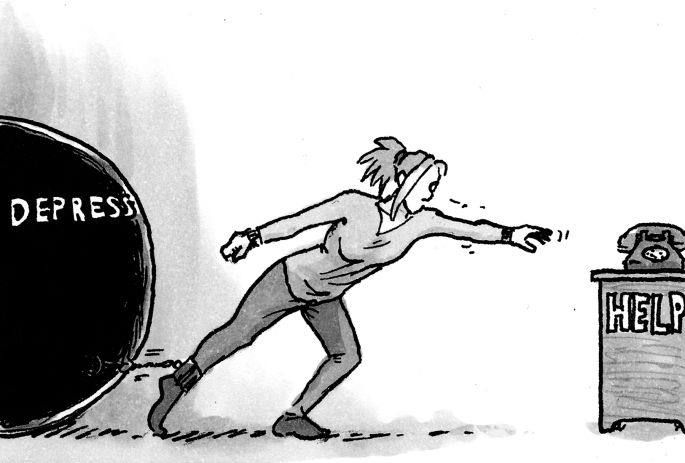fund vital mental health interventions, not more policing
it is crucial that police alternatives to crisis response calls be driven by peer support workers and regulated health professionals.
hip hop song triggers drop in suicide rates
the title of the track by logic, featuring alessia cara and khalid, is the phone number for the national suicide prevention lifeline.
as told to: 'depression is a rot that likes to keep hidden in the dark recesses of your mind'
clay jonathan shares refuge from depression in his popular work depression comix.
 6 minute read
6 minute read









